Author: Marshall Schott
My now-wife and I had the great fortune to take a trip to England back in 2003, the year I’d finished my undergraduate degree. As a relatively new homebrewer at a time when the engines of the craft beer world were just lighting up, I was beyond excited for the opportunity to sit in age-old pubs drinking traditional British ale off cask. In addition to being an unquestionably magical experience overall, it was during this trip that I was introduced the deliciously quaffable style known as Mild.
In the earlier days of British brewing, the names of new beer styles were typically descriptive in nature— whereas Stout was reserved for stronger and darker ale, the term Mild was associated with younger beers that tended to be consumed fresh. Purportedly conceived in the 17th century, the humble Mild has evolved to become the Dark Mild known today, which the BJCP describes as follows:
A dark, low-gravity, malt-focused British session ale readily suited to drinking in quantity. Refreshing, yet flavorful, with a wide range of dark malt or dark sugar expression.
In a world where strong and hoppy reigns supreme, it can be easy for less pungent beer styles to get pushed to the bottom of the pile, which is unfortunate considering the historical relevance of styles like Dark Mild. While I’ve brewed my fair share of modern hoppy Pale Ale and IPA, I’ve maintained a love of malt-forward British ale and have brewed many on my own. Recently, I whipped up a batch of Dark Mild using less-than-acceptable methods to see how it would turn out.
| BREWING THE BEER |
Relying on previous batches of Dark Mild I’d made, I designed this recipe using the ingredients I happened to have on-hand at the time, which included American craft malt and Fuggles hops that were 3 years-old.
Short & Shoddy Dark Mild
Recipe Details
| Batch Size | Boil Time | IBU | SRM | Est. OG | Est. FG | ABV |
|---|---|---|---|---|---|---|
| 5.5 gal | 30 min | 20 | 19.6 SRM | 1.032 | 1.009 | 3.02 % |
| Actuals | 1.032 | 1.009 | 3.02 % | |||
Fermentables
| Name | Amount | % |
|---|---|---|
| Lamonta: Pale American Barley Malt | 5 lbs | 66.67 |
| Vanora: Vienna-style Barley Malt | 1 lbs | 13.33 |
| Golden Naked Oats | 12 oz | 10 |
| Crystal Medium | 8 oz | 6.67 |
| Roasted Barley | 4 oz | 3.33 |
Hops
| Name | Amount | Time | Use | Form | Alpha % |
|---|---|---|---|---|---|
| Fuggles (2018) | 30 g | 30 min | Boil | Pellet | 4.9 |
| Fuggles (2018) | 15 g | 15 min | Boil | Pellet | 4.9 |
| Fuggles (2018) | 15 g | 5 min | Boil | Pellet | 4.9 |
Yeast
| Name | Lab | Attenuation | Temperature |
|---|---|---|---|
| Pub (A09) | Imperial Yeast | 74% | 32°F - 32°F |
Notes
| Water Profile: filtered Fresno tap water with unmeasured amounts of calcium chloride and gypsum added |
Download
| Download this recipe's BeerXML file |
I began collecting the full volume of filtered water at 10:17 AM
Aiming for a perceptibly crisp beer, I added a touch more gypsum than calcium chloride to the water.
As the water was heating up, I weighed out and milled the grain.
When the water was properly heated, I stirred in the grist then checked to make sure it was at my target mash temperature.
I gave the mash a good stir every time I walked by it and once the 30 minute rest was complete, I removed the grains and let them drip into the kettle while the wort was heating up.
The wort was boiled for just 25 minutes with hops added at the times stated in the recipe.
At the completion of the boil, I quickly chilled the wort with my IC.
A refractometer reading showed the wort was at 1.032 OG, for a brewhouse efficiency of 67%. It was at this point I realized I’d miscalculated my total water volume and added nearly a gallon more than I should have. Meh.
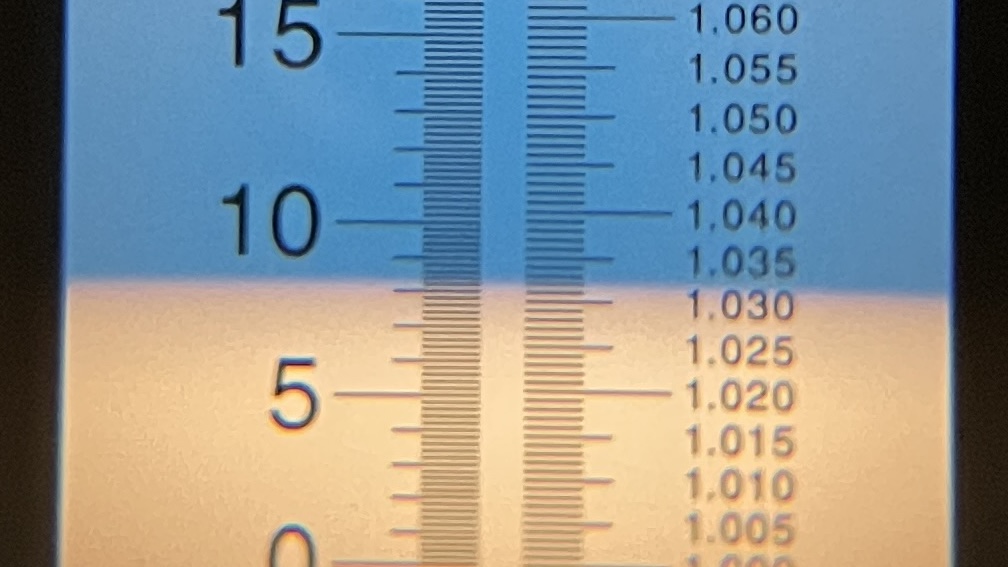
I then transferred the wort to my fermentation vessel.
Next, I direct pitched a pouch of Imperial Yeast A09 Pub into the 74˚F/23˚C wort.
I connected the fermenter to my glycol rig set to keep the beer at 66°F/19LC. It was 12:13 PM for a total brew day time of just 1 hour and 56 minutes.
Fermentation was very active later that evening and, given the lower OG, activity was all but absent just 4 days later, so I took a hydrometer measurement showing FG had been reached.
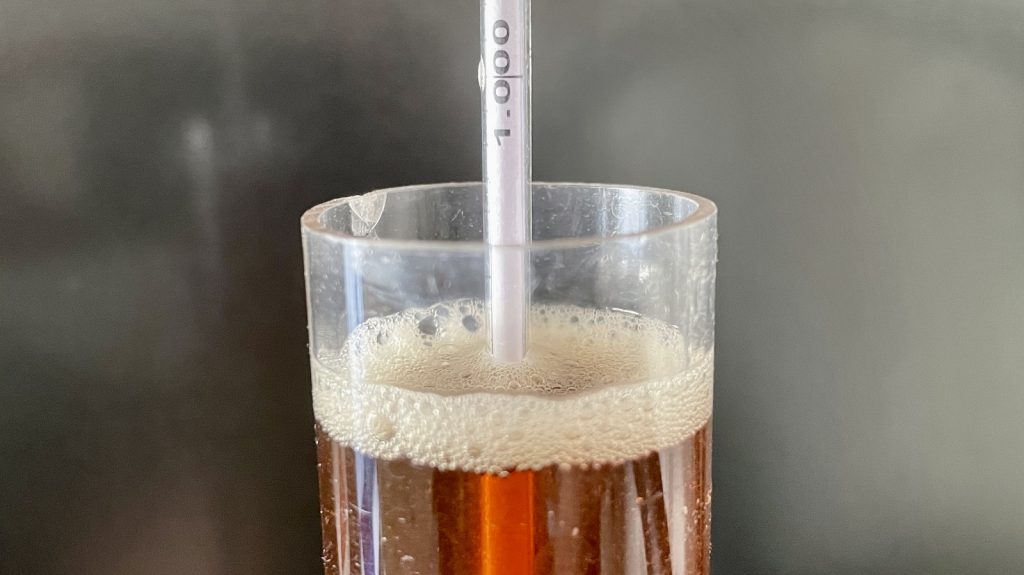
At this point, I cold crashed the beer to 34°F/1°C and forgot about it for 2 weeks before proceeding with packaging.
The filled keg was placed in my keezer and burst carbonated at 50 psi for 13 hours before I reduced the gas to a serving pressure of 14 psi. After just 3 days of conditioning in my kegerator, it was carbonated, clear, and ready to serve to tasters.
| RESULTS |
A total of 15 people of various levels of experience participated in this Short & Shoddy evaluation. Participants were informed of the specific beer style and provided the BJCP description prior to completing the survey. Tasters were then instructed to rate how hoppy, malty, and dry they perceived the beer to be on a 0-5 scale where a rating of 0 indicated “not at all” and 5 indicated “extremely.”
Tasters were provided a list of common hop, malt, and yeast characteristics then instructed to select from each the one they perceived as being most prominent in the beer.
Hop Characteristics
Malt Characteristics
Yeast Characteristics
Next, participants were asked to indicate whether or not they detected any off-flavors in the beer; those who did were provided a list of common off-flavors and instructed to select the one they perceived as being strongest. Out of the 15 participants, not a single one noted any off-flavors.
Tasters were then asked to rate how well the beer represented the intended style, based on the provided BJCP description, on a 0-5 scale where 0 meant “not at all” and 5 meant “exactly.”
Finally, tasters were asked to rate how much they enjoyed the beer on a 0-5 scale where 0 indicated they hated it and 5 indicated they loved it.
My Impressions:Even with its low ABV, this beer felt like it was lacking nothing, which made it quite pleasurable to drink. While any hop character was perceptibly absent, the bitterness was just enough to balance the toast and caramel flavors from the malt. This was one of the best versions of Dark Mild I’ve brewed to date, which is evidenced by how quickly the keg kicked!
| CONCLUSION |
While commonly found in pubs across the United Kingdom, Dark Mild is fairly rare in the United States, which means those interested in experiencing this traditional ale in its freshest state are best to brew it themselves. Thankfully, the British aren’t necessarily known for relying on complicated brewing methods, unlike other regions, though it’s safe to say brewers of quality Dark Mild follow certain “rules” in order to ensure a satisfactory outcome.
Such was not the case with this Short & Shoddy Dark Mild that was brewed with myriad corners cut, and yet still received rather positively by a panel of tasters. Consistent with the BJCP description of the styles, tasters perceived this beer as being minimally hoppy with caramel/sweet, toasty, and nutty malt flavors. Moreover, tasters perceived the strongest fermentation characteristics as being esters and clean, and not a single person reported detecting any off-flavors.
When asked how well this Dark Mild represents the style, every taster rated it a 3 or higher out of 5, which was also the case on a question of preference, suggesting it was a decent example that wasn’t negatively impacted by the way it was brewed. As a lover of classic British ale, I’ve made numerous batches of Dark Mild over the years and this Short & Shoddy version is up there with the best of them!
If you have thoughts about this Short & Shoddy brew, please feel free to share it in the comments section below!
Support Brülosophy In Style!
All designs are available in various colors and sizes on Amazon!
Follow Brülosophy on:
FACEBOOK | TWITTER | INSTAGRAM
If you enjoy this stuff and feel compelled to support Brulosophy.com, please check out the Support page for details on how you can very easily do so. Thanks!


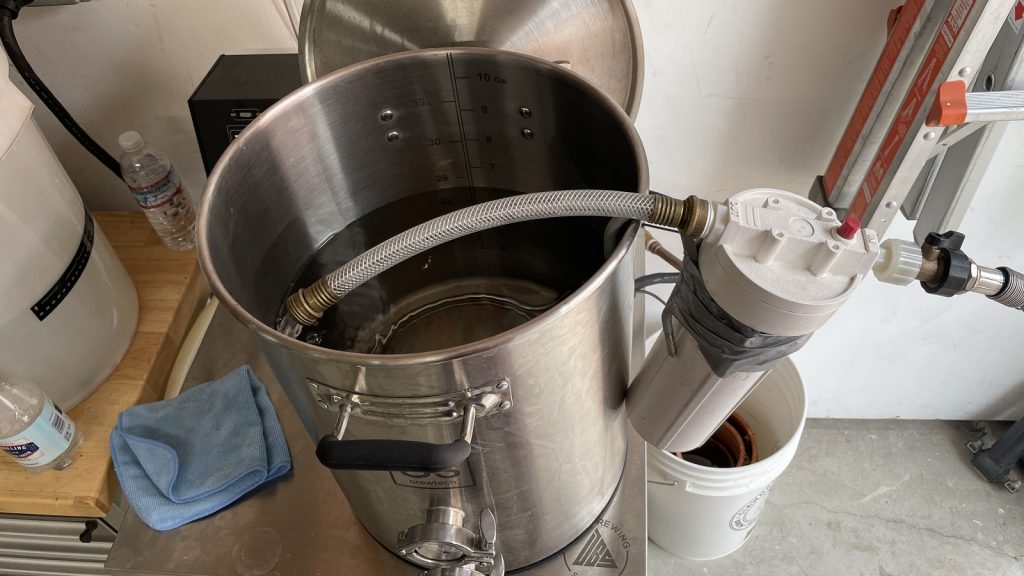
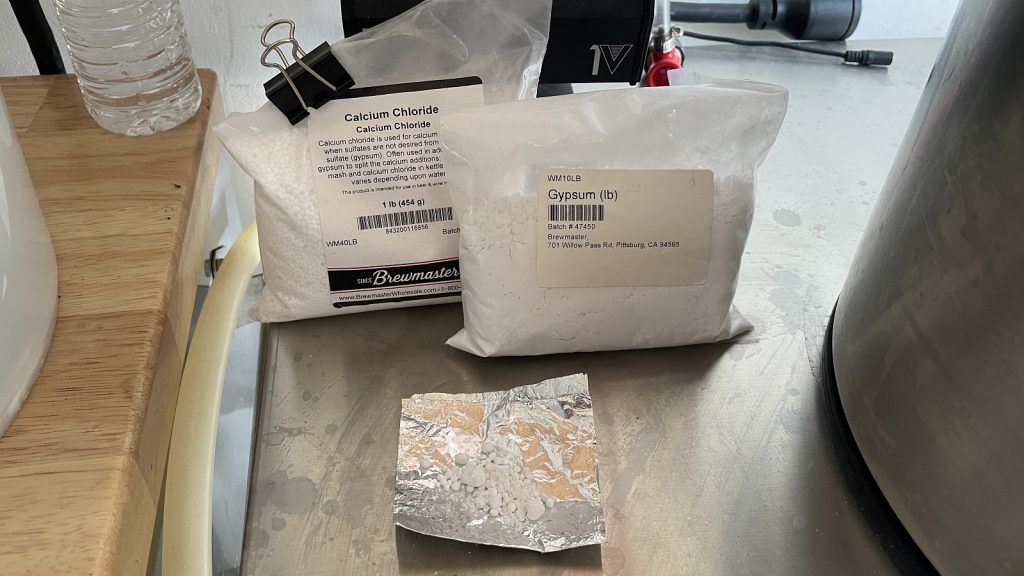
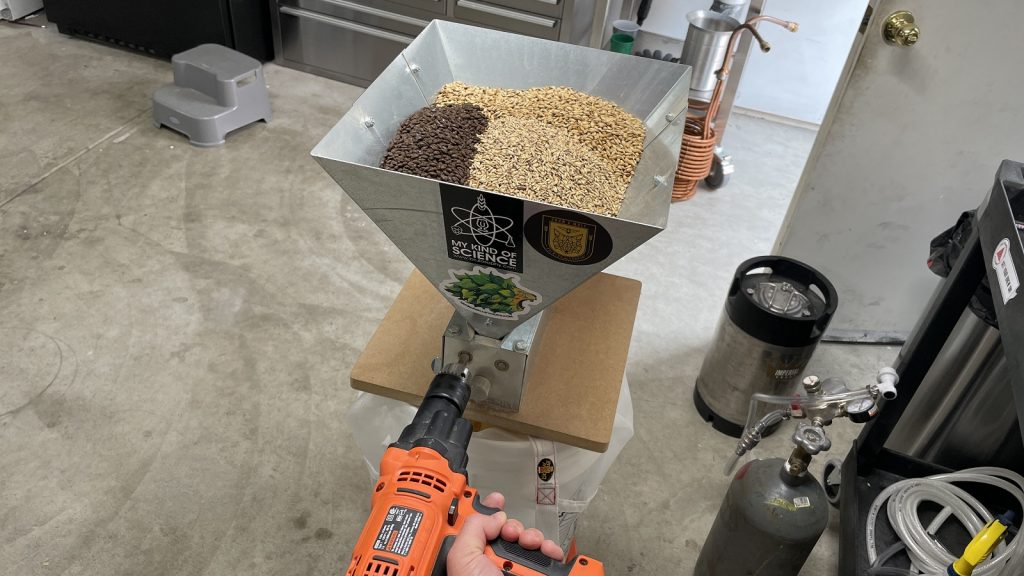
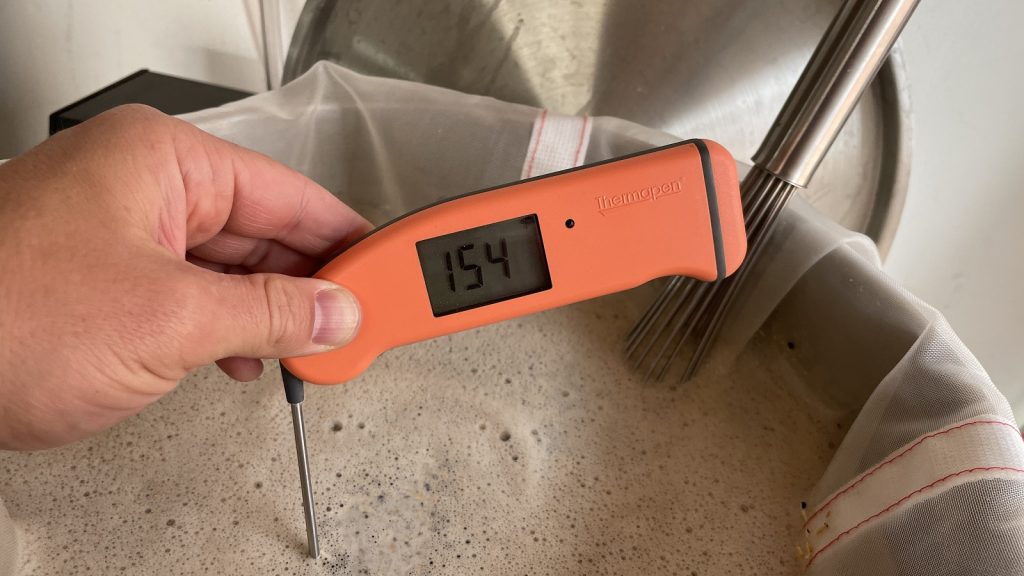
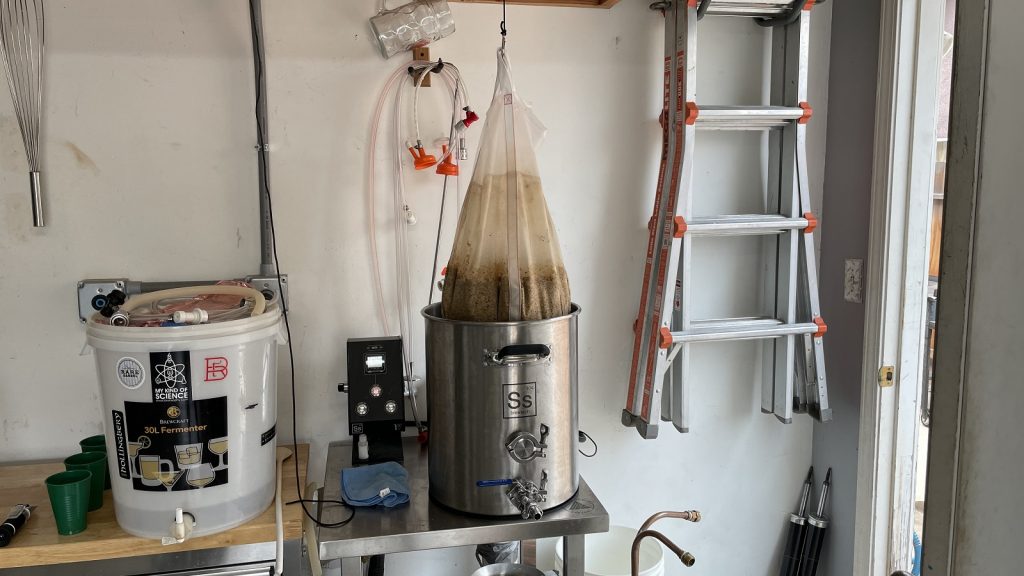
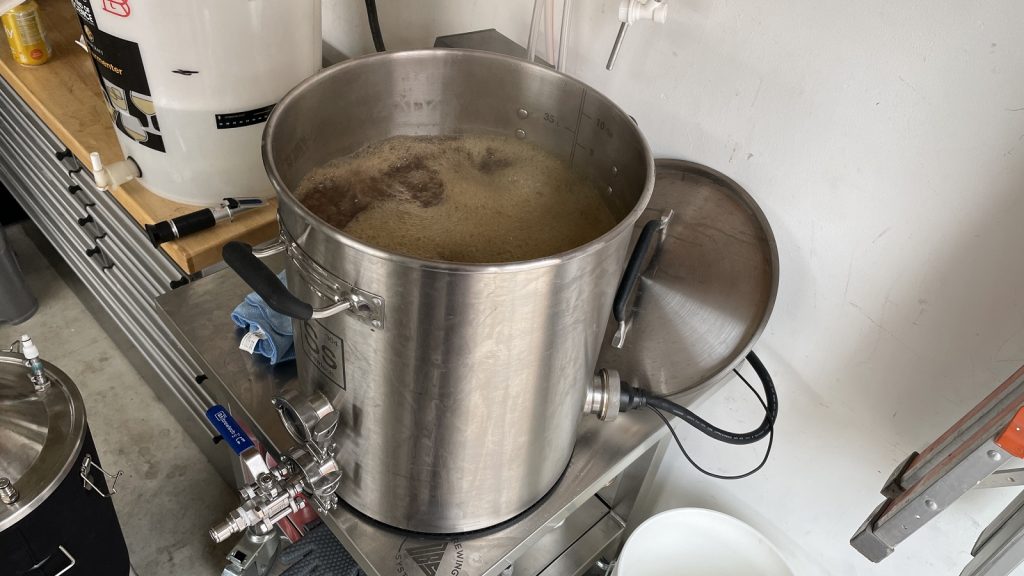
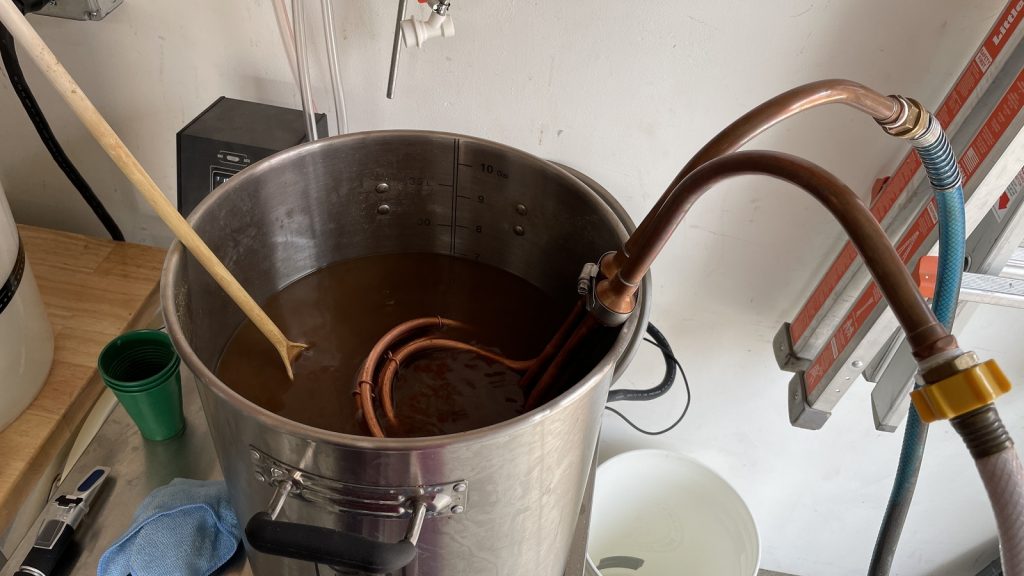
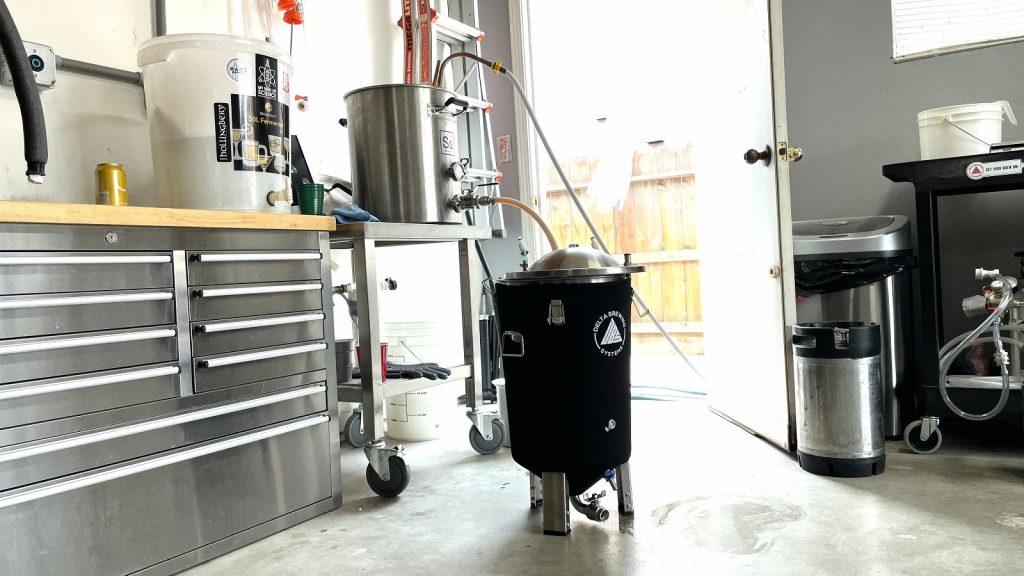
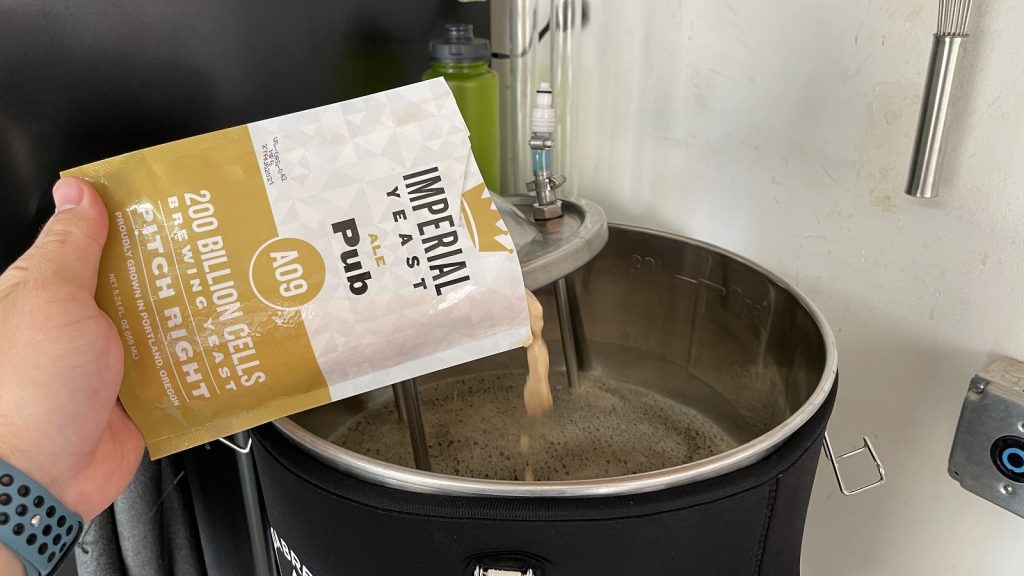
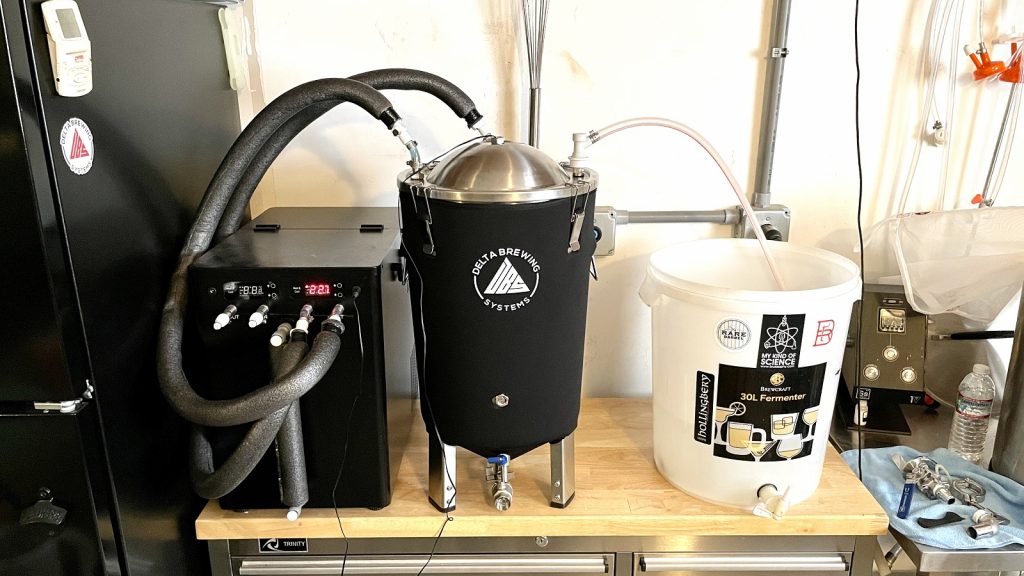
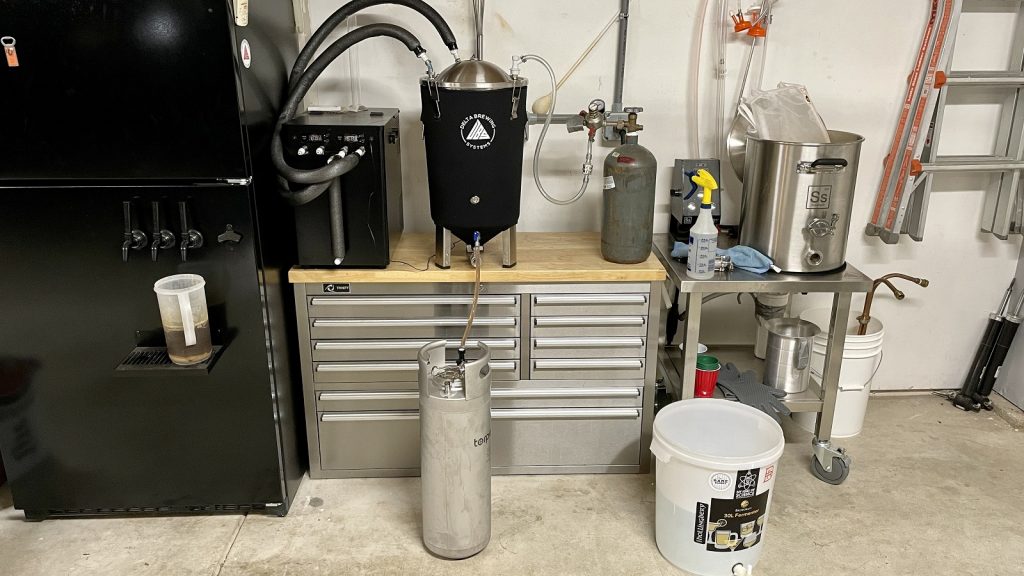
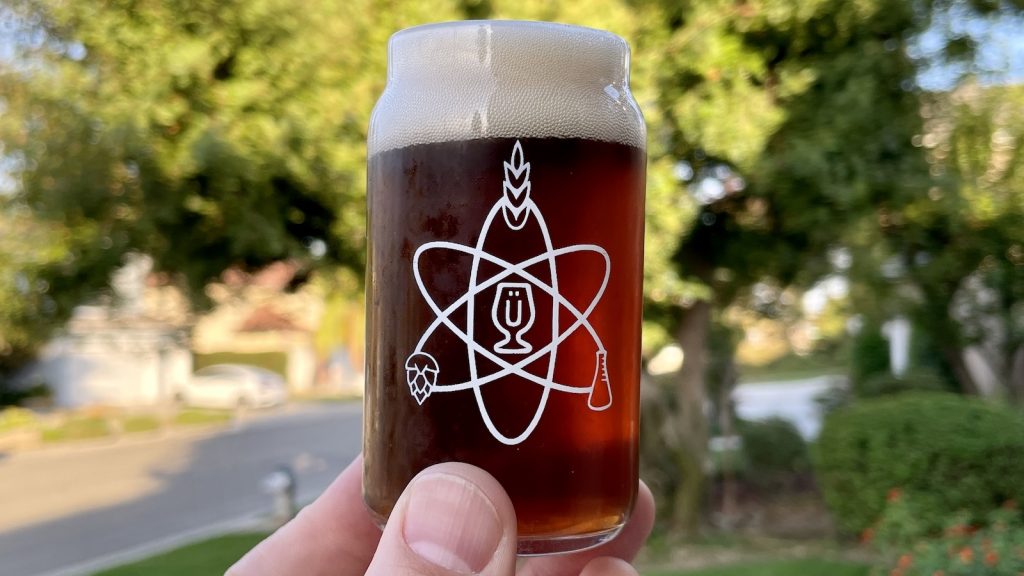
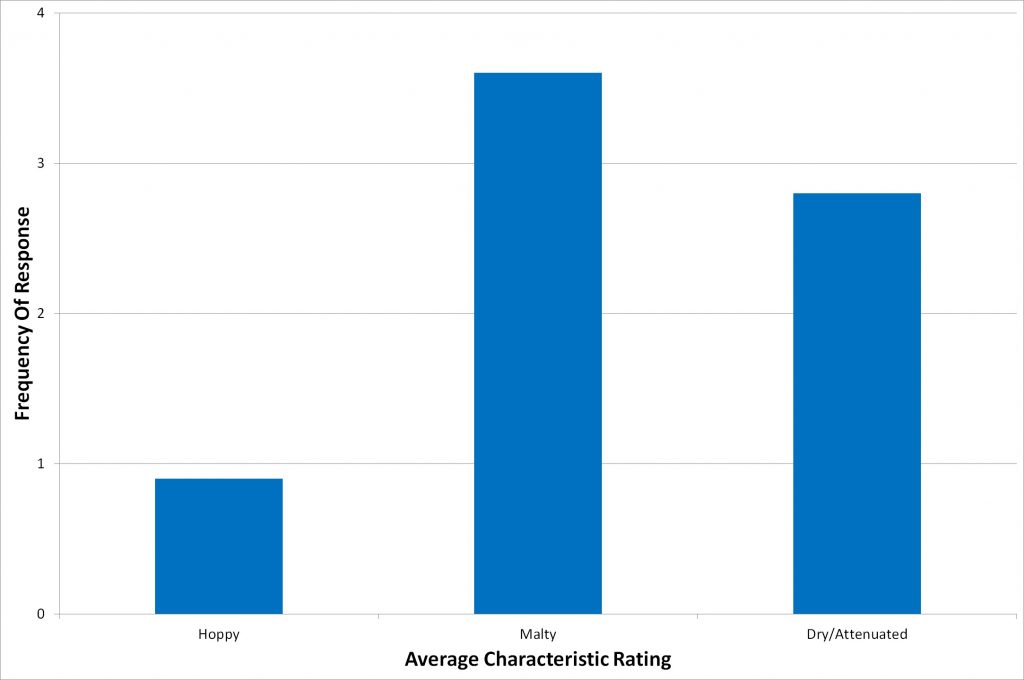
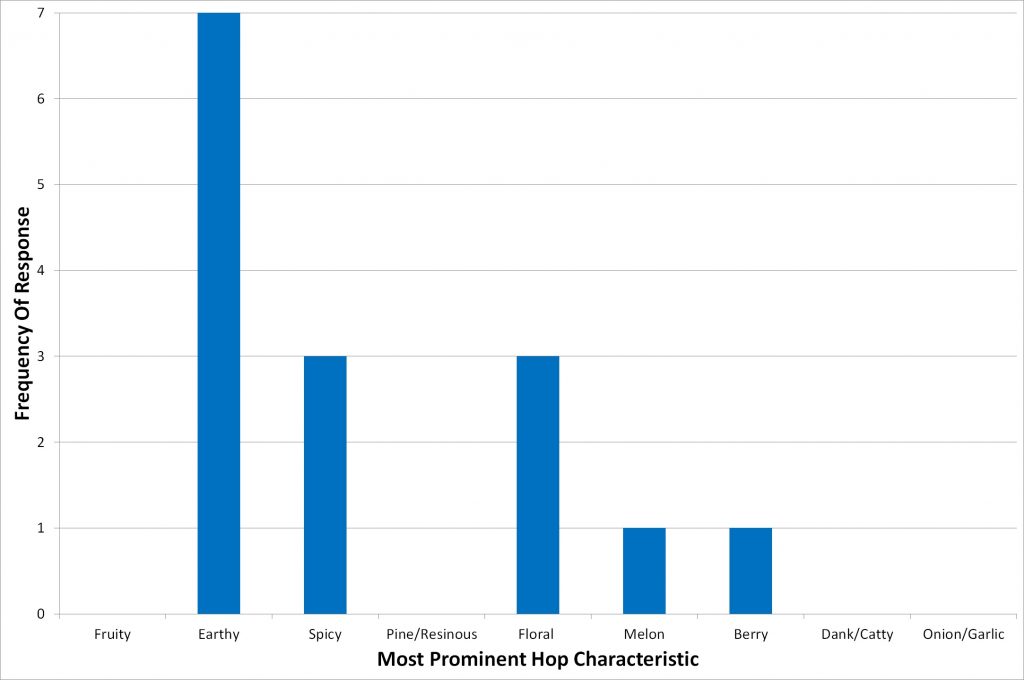
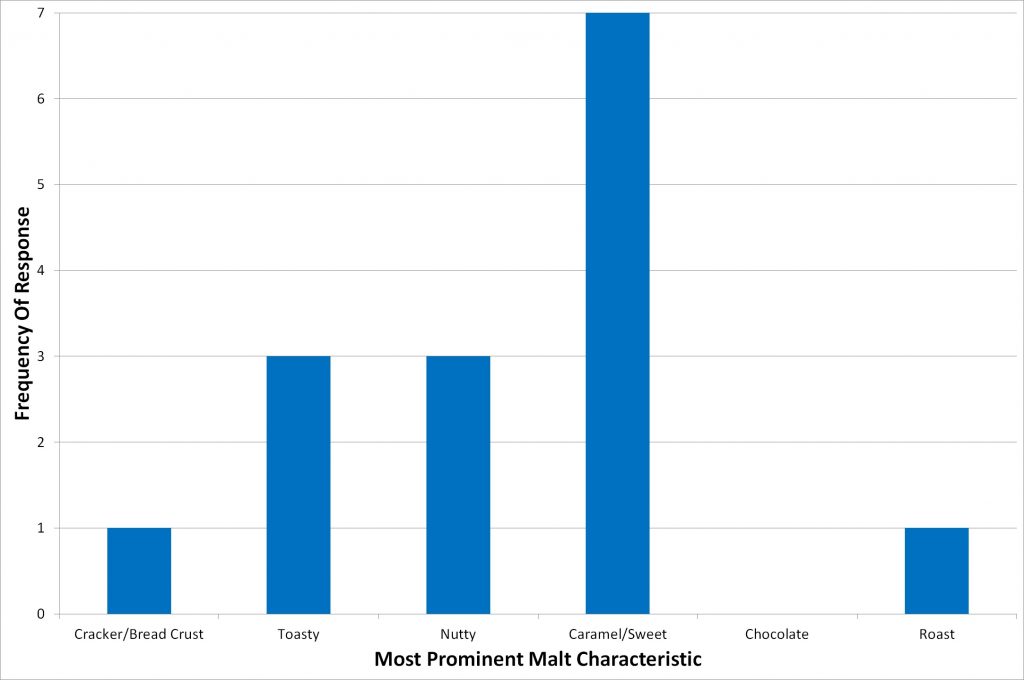
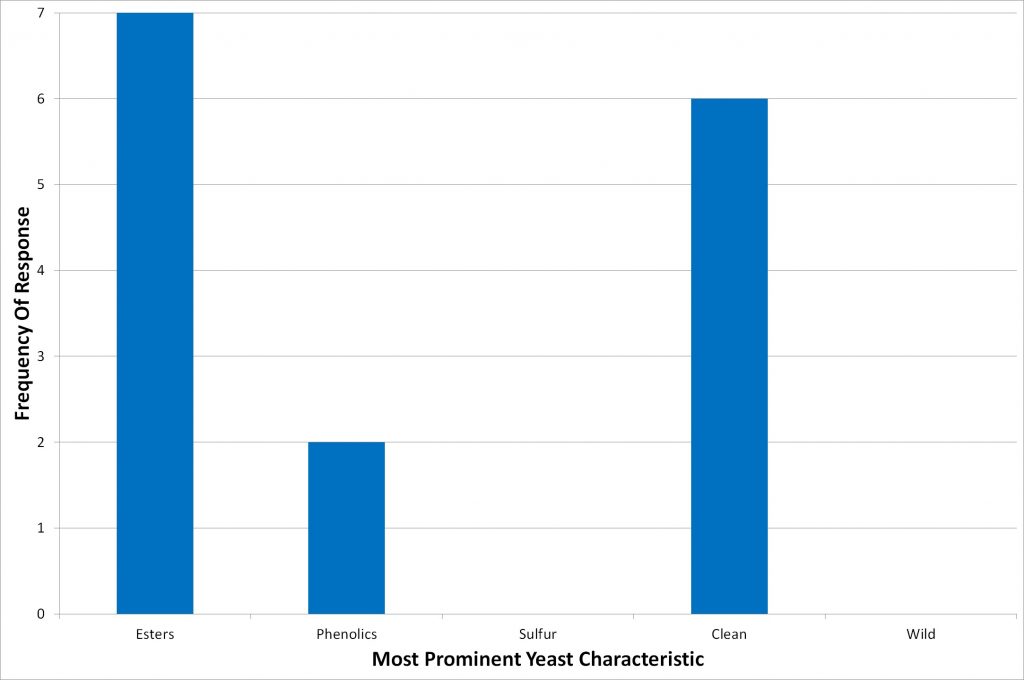
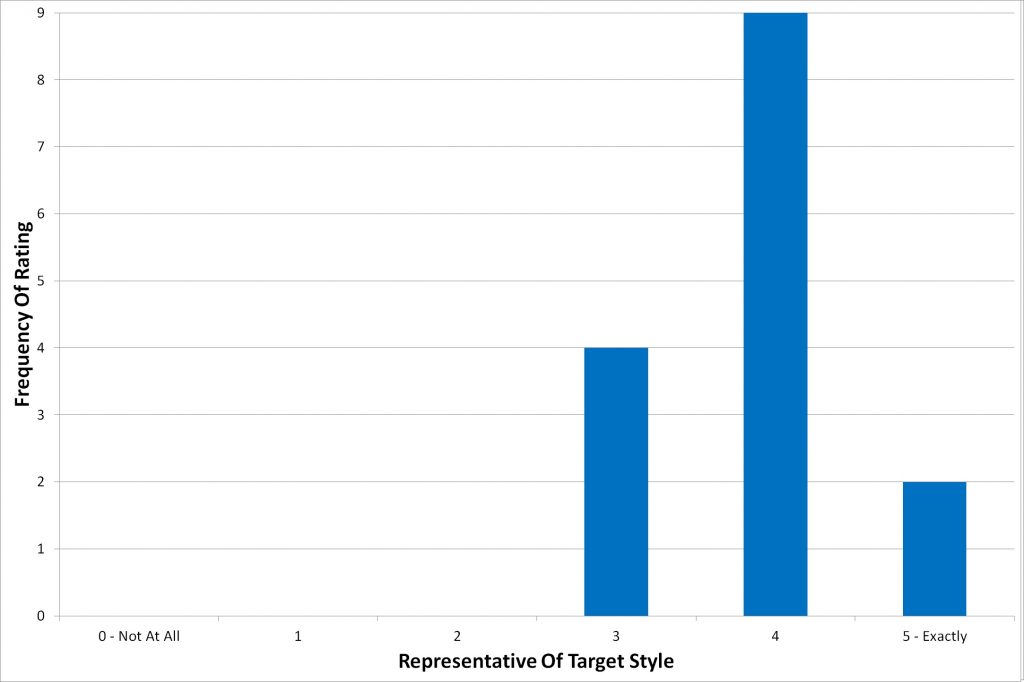
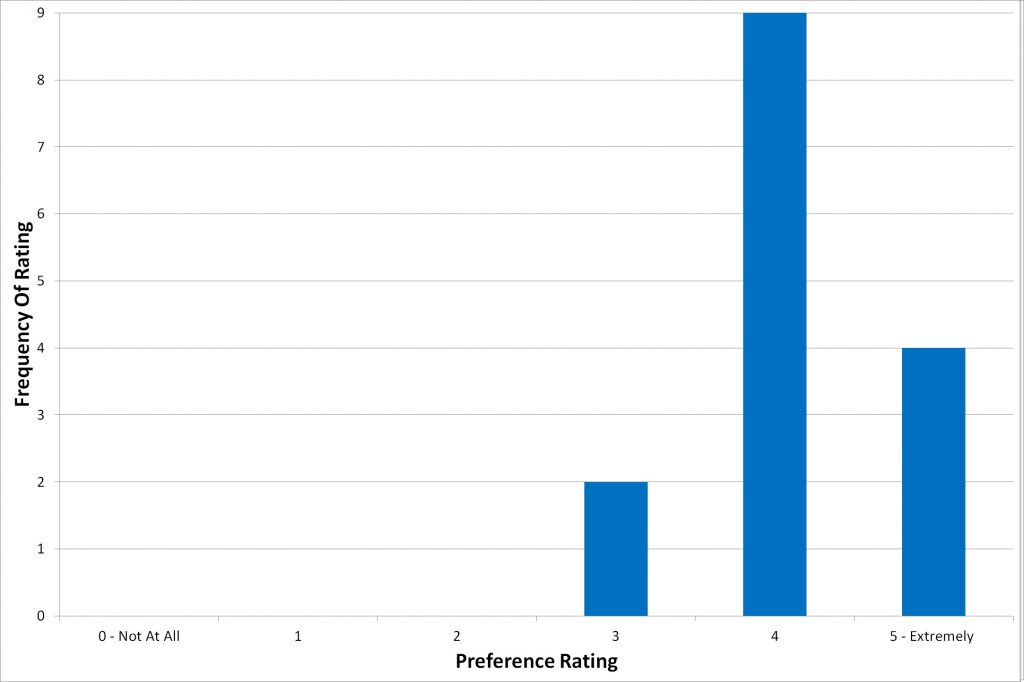











17 thoughts on “Short & Shoddy | Dark Mild”
What do you set your grain mill opening to? I use about .030 – .035 and I’ve never had a mash done in 30 minutes – checked by iodine test. Have you ever milled twice since you use BIAB?
Mine is set to ~0.030.
I think the purpose of s and s is – the mash is done when you say it’s done. Then you see how it tastes.
Marshall has mentioned before that he does take a little bit of an efficiency hit with the abbreviated mash and has to add a bit more grain to make up for it. Thus, his mash is clearly not truly “done” in 30 minutes as he must be leaving behind some potential extraction/conversion. But does that matter? In the end he’s simply seeing if he gets a decent beer, not whether some objective measure hits what is considered optimum.
I agree with your response. My issue in the past with incomplete mash conversion has been low OG and higher than desired FG which affects the final beer properties. If a lower mash efficiency is figured in, then I get how you can correct for OG with more grain. Any issues with higher than desired FG from starches that didn’t convert to sugar and end up affecting final taste/mouth feel of beer. For example if you’re trying to brew a very dry beer.
Might be interesting to see what people think if you dial the CO2 down to 1.8 – 2.0 vols. and the serving temp up to 12C.
Indeed. A Mild at 14psi is certainly out of style regarding carbonation, as I guess that would be 2.5-3 volumes of CO2 and the typical carbonation for milds should be ~1.5.
Brewing one up tomorrow with EKG and Pub. Building up some yeast for an imperial vanilla chocolate porter going into a barrel. (typo on the Pub temp)
Yeast 32 F? That’s freezing!
Hm, humble mild? Guys, you really should get off the BJCP and start reading Ronald Pattinson and Martyn Cornell.
http://barclayperkins.blogspot.com/2021/11/lets-brew-1881-whitbread-xl.html
http://barclayperkins.blogspot.com/2021/11/lets-brew-wednesday-1881-whitbread-x.html
http://barclayperkins.blogspot.com/2021/10/lets-brew-wednesday-1878-adnams-xxxx.html
Those 19th Century milds were crazy strong and hoppy compared to today. And then you had the WW2 and immediate post war era when they were even weaker than today, with ABVs often below 2.5% and probably even less body due to malt shortages and tax laws.
https://barclayperkins.blogspot.com/2008/11/mild-ale-1940-1949.html
From what I have read over the years, British 19thC ‘porters’ were dark and fairly strong for a UK beer (maybe ~5%) but ‘milds’ have never been strong in alcohol as far as I am aware; nor high in hops. Milds had darker malts and less hops to make them less bitter than normal ‘bitter’ ale and less alcohol to make them more affordable (and maybe less likely to cause inebriation in the working person at the time of the Victorian temperance movement). The hoppiness of British ales comes on the palate, bound up with the bitterness, as hop aroma has never been a priority or intention. The lingering bitterness at the back of the tongue and mouth allows a British ale to be more satisfying just a few degrees below room temperature (50-60°F or 10-15°C ). Ice cold beer needs to be fizzy, not bitter on the palate. More like fine white wines, cold and aromatic work for US style beer. Cold and fizzy doesn’t work for traditional British ale.
The old milds could be really high in ABV and IBUs. The links above by Jurgen Defurne only scratch the surface of what Ron Pattinson has dug out of old brewing records. He took the mild recipe below from a log of Mew Langton from 1885 which translates to 9% ABV and 127 IBU with 23 pounds of malt for a 5 gallon batch and 15 ounces of Goldings. Basically, the meaning of “mild” got lot more narrow in the present day — way back then, “mild” encompassed a wide range from low ABV, malt forward/low hop beers to high IBU high ABV monsters like this.
https://barclayperkins.blogspot.com/2020/07/lets-brew-1885-mew-langton-xxxx.html
Interesting link, though the beer is described as ‘Strong Ale’ by the writer, not as ‘Mild’, with just XXXX on the label. A good history of British mild, which you have no doubt read, is below. I found it very informing, as the meaning of mild changed so much over the years. Since WW1 mild ale was always as weak as it comes with OG from 1027 to 1043 at the most and with a high final gravity to boot….so around 3 to 3.5% alcohol at most. The reason seems to be the shortage of grain after WW1 and during WW2, coupled with the depression of the 1930s and the high taxes on beers by the 1940s. Thankfully, the modern mild is nearly dead in the UK.
https://www.beeradvocate.com/articles/5538/a-short-history-of-mild/
I meant that this particular style of weak mild is nearly dead..bring on new styles. If it’s dark ale I would prefer stout, with its potential for full bodied flavor, dryness and bitterness.
Mild meant that the it was served fresh as other strong ales were aged in barrels to get the Bret fermentation. Traditionally it also used brown malt and lower quality hops that made it cheaper to the consumer which made it popular with working class.
Great show. My daughter move to England nearly 12 years ago and I’ve spent quite a bit of time there visiting her and her family. Mild is one of my favorite styles. I just returned from a visit and was fortunate to have sampled Monsal Mild from Bruxton Brewery on my last day there.
Guinness is able to sell a 4% dark beer. It is puzzling that in both the UK and the US, the style is not appreciated.